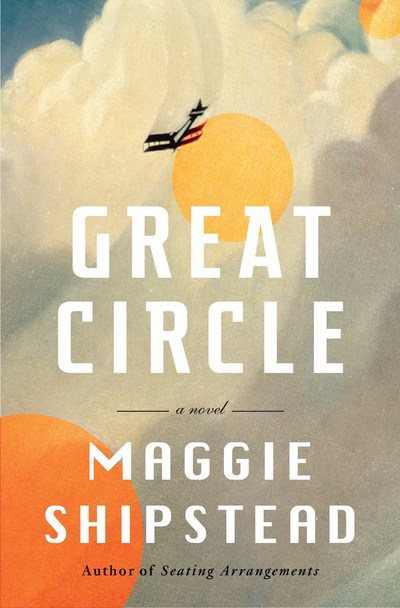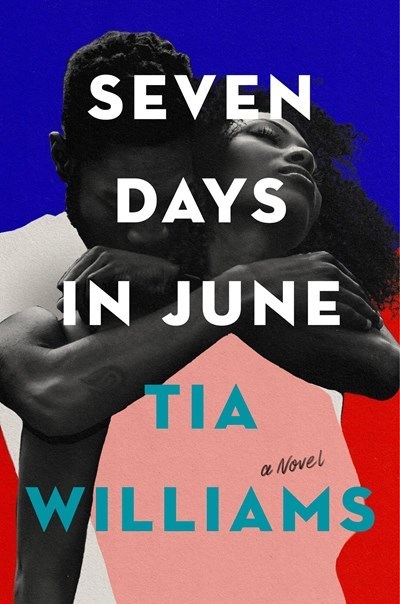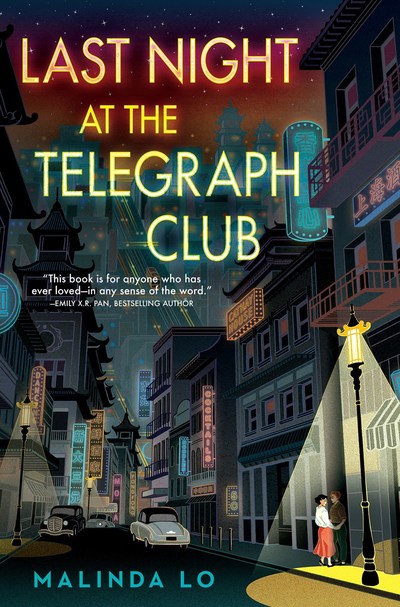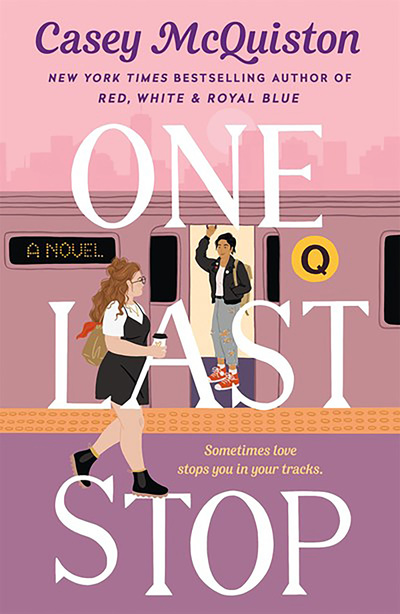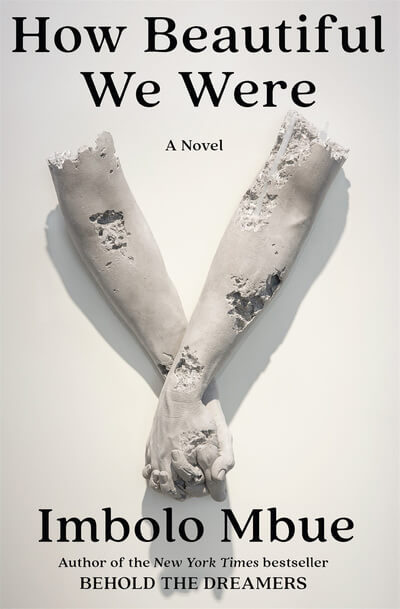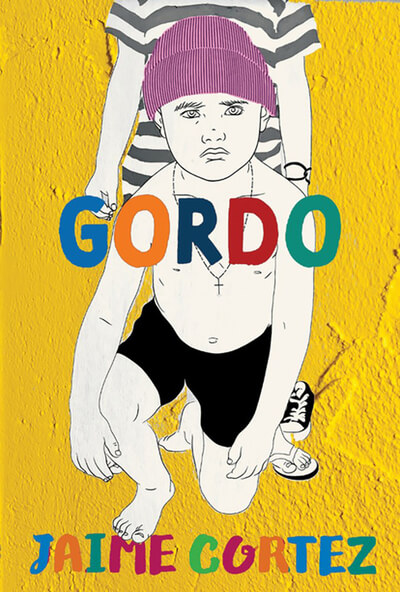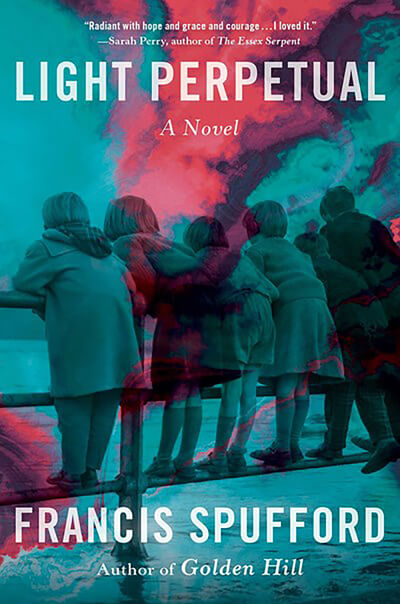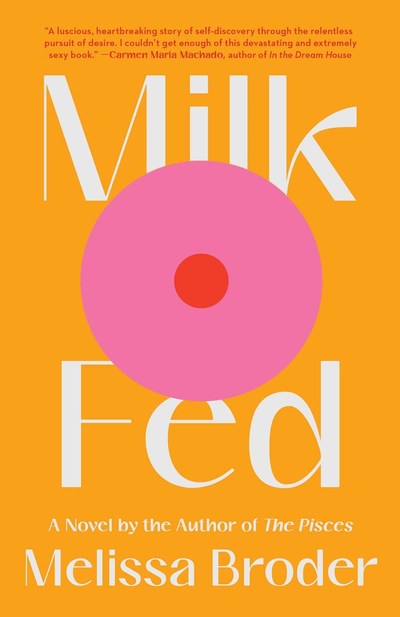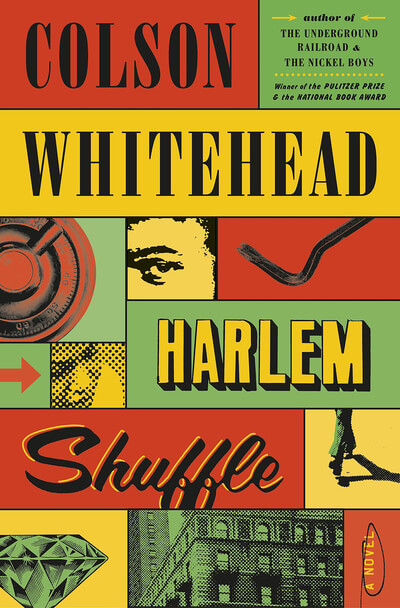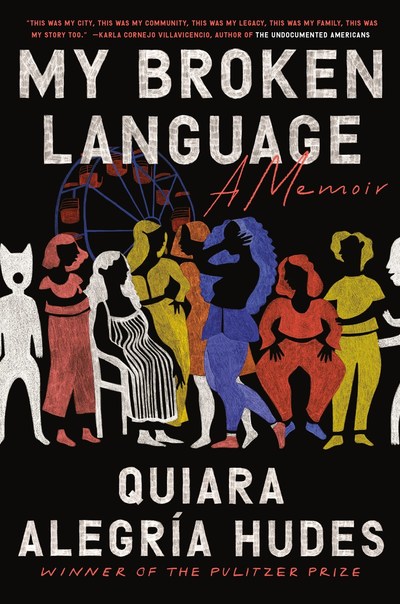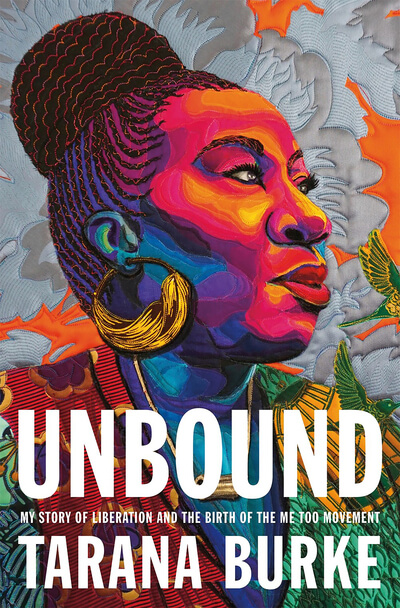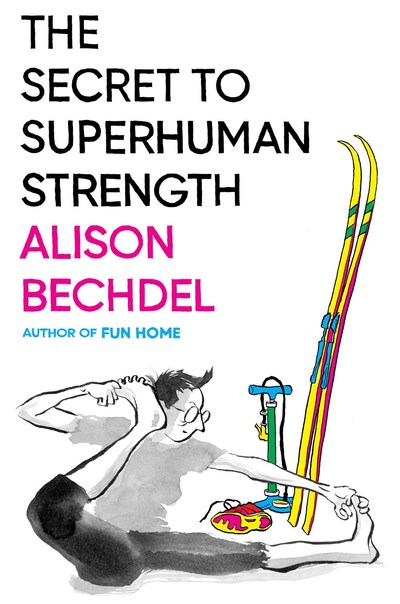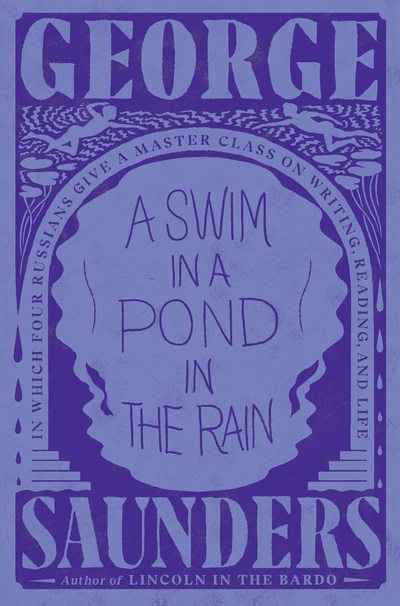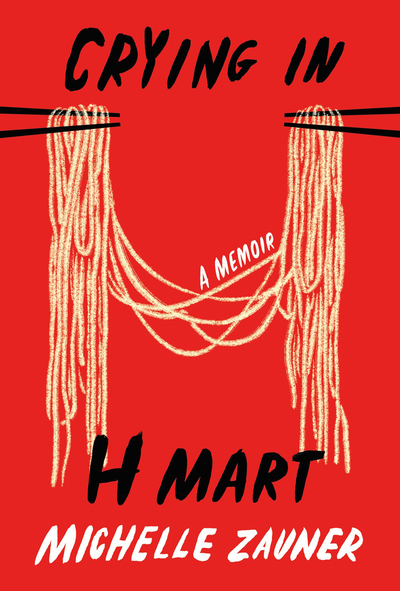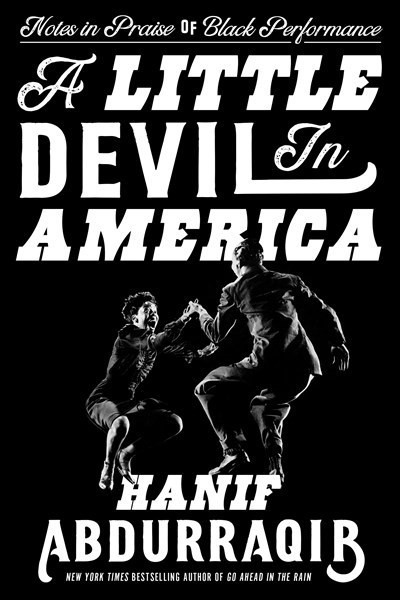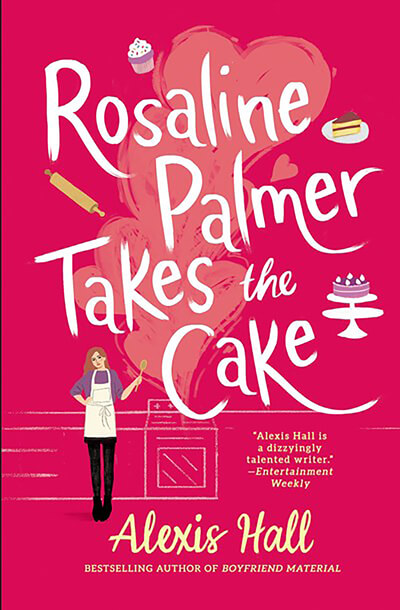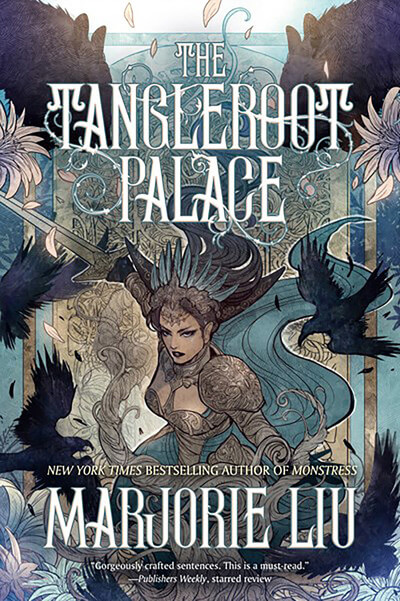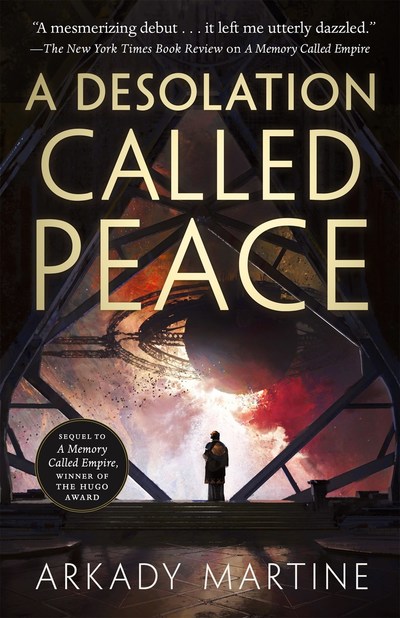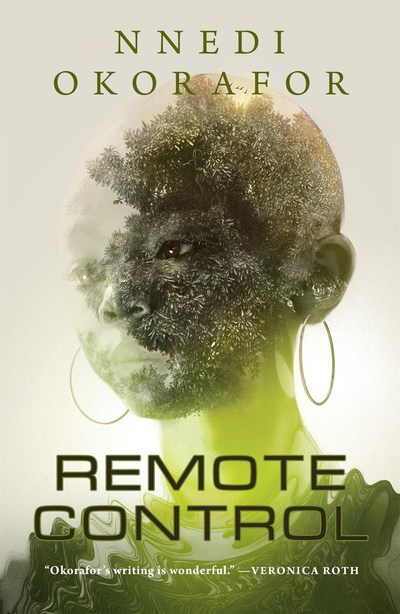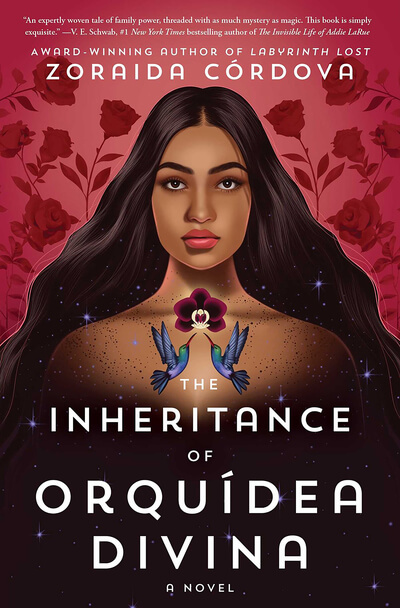Summarizing Scotto Moore’s debut novel, Battle of the Linguist Mages, is an exercise in futility. Reducing it to the skeleton of its plot—Isobel Bailie discovers a talent that is considered magical, goes on a quest to save the world and maybe falls in love—would be ludicrously simplistic. Treating it as a philosophical treatise or a searing critique of contemporary politics would discount the fact that it’s also a riveting romp of an adventure.
Isobel, an avid gamer who lives in Los Angeles, contends with villains in the form of cynical advertising executives, disinterested game designers, conniving politicians, idealistic anarchists and arrogant gods. Along the way, she has to figure out how to get the “good” ending and she must also confront the mother of all trolley problems. To make matters worse, it’s all happening in real life, not in the friendly confines of her favorite virtual reality game, Sparkle Dungeon. Her talents in that game’s vocal spellcasting mechanic make her an ideal fit to learn power morphemes, vocalizations that alter people’s perceptions of reality so thoroughly that they change reality itself. While becoming the embodiment of a weaponized Sapir-Whorf hypothesis (the idea that the structure of language shapes a person’s perception of reality), Isobel learns that all of existence is under threat and must be saved.
Battle of the Linguist Mages reads like Noam Chomsky and Judith Butler conceived a metaphorical child while high on LSD and blasting Skrillex in a basement. It is hilarious and irreverent, and it relishes the intrinsic ridiculousness of real-life mages and superheroes training in a video game that’s a cross between Kingdom Hearts and Beat Saber. In blindingly inadequate words, Battle of the Linguist Mages is, conceptually, very dense.
Scotto Moore unpacks the myriad inspirations behind his “science fantasy.”
Flashes of social commentary shoot through this lurid unreality like lasers through a nightclub haze, but the most fascinating element is the deftness with which Moore crafts a fantasy epic about characters who role-play fantasy epics. Lying beneath endless music puns, pointed re-creations of Angeleno excess and cynicism about the modern-day celebrity cult is an impressive narrative self-awareness, an acknowledgment of every trope that Moore uses to render the reasonably straightforward core plot (discovery of magical talent, training montage, quest to save the world) as subversive.
The most powerful aspect of Battle of the Linguist Mages is not the sly humor, unrepentant geekiness, slow-burn romance or the trenchant sociopolitical commentary. Rather, it is the story’s tacit argument that books (and video games) are power morphemes. They contain the toolsets to construct entire universes but require readers (or players) for that vision to be fully realized. And, to pursue this analogy to its heavily foreshadowed conclusion, every writer is a linguist mage.
Except writers don’t have to be able to vocalize multiple vowels at once. Thank goodness.











